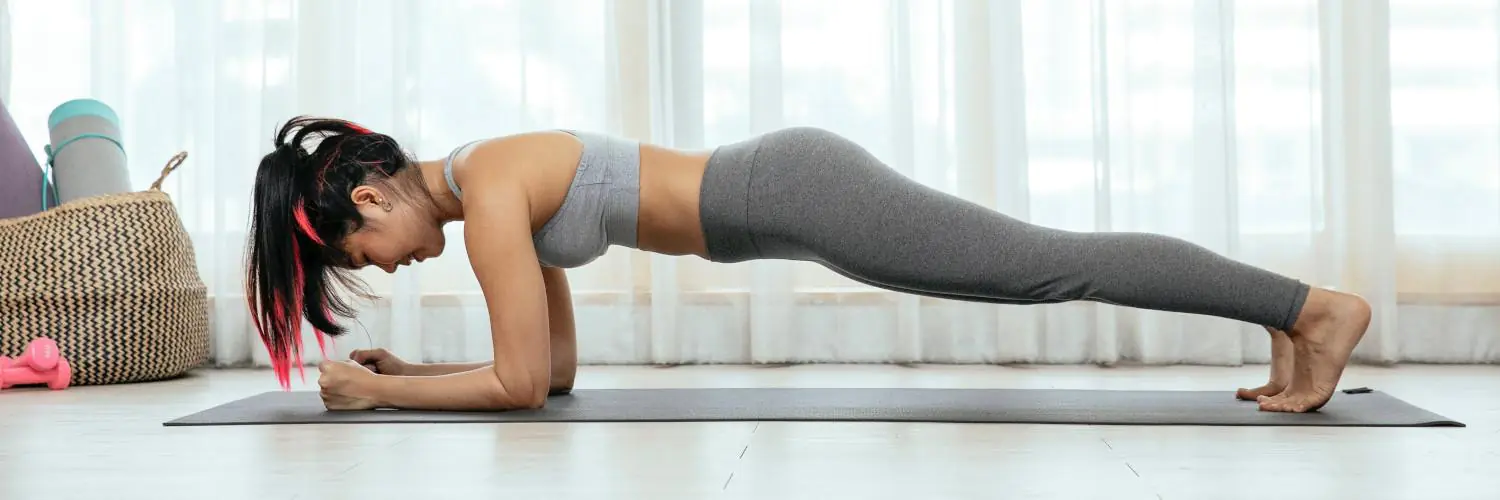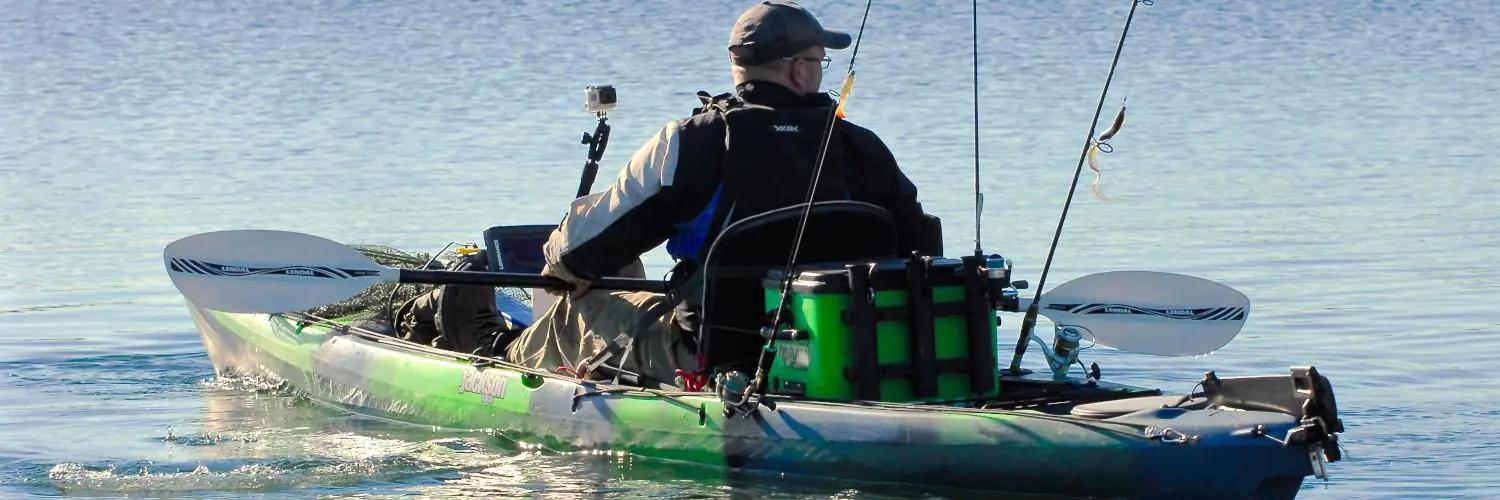Engaging in kayaking as a regular activity presents an opportunity to enhance fitness levels, targeting both physical and mental health. It offers a comprehensive workout that can vary in intensity, directly influencing the number of calories burned and the muscles engaged. Paddling provides a robust cardiovascular exercise, which benefits the heart and can improve the efficiency of the circulatory system. The exertion level during kayaking, inclusive of the resistance of water against the paddle, determines the degree to which it serves as a beneficial aerobic workout.
The physical demands of kayaking encompass the use of multiple muscle groups. Effort from the arms, back, shoulders, and core is essential to navigate the waters, while leg muscles also engage to maintain balance within the kayak. The continuous motion enhances muscle strength and endurance, contributing to overall physical fitness. Moreover, the rhythmic nature of paddling can foster improved coordination and flexibility, factors that are vital for maintaining a fit and active lifestyle.
Beyond physical well-being, kayaking also contributes to mental health. The combination of physical exercise and the calming presence of natural surroundings can lead to the release of endorphins, known as ‘happy hormones’. This can result in stress relief and an uplifted mood during and after the activity. The outdoor environment where kayaking typically occurs—a place where one can absorb vitamin D and appreciate scenic views—further augments the mental health benefits, making kayaking a holistic fitness activity.
Table of Contents
Physical Benefits of Kayaking
Kayaking provides a comprehensive workout that engages multiple muscle groups in the body. This aerobic exercise not only builds strength but also enhances endurance and balance.
Core and Upper Body Strength
When a person paddles a kayak, they utilize various muscle groups in the upper body. Core strength is developed as the abdominal muscles constantly work to maintain balance in the kayak. A kayaker’s upper body, including arms, back, and shoulders, gains strength through the repetitive motion of paddling. The chest muscles are also engaged, making kayaking an effective strength training exercise for the entire upper body.
- Muscles worked:
- Arms: Biceps and triceps
- Back: Latissimus dorsi, rhomboids
- Shoulders: Deltoids
- Core: Abdominal muscles, obliques
Lower Body and Stability Enhancements
Although less obvious, the lower body also benefits from kayaking. Stability is key in kayaking, requiring the glutes, hamstrings, and quads to engage as one maintains their position in the kayak. Balancing and maneuvering the kayak enhances muscle coordination and promotes lower body strength. Furthermore, these activities contribute to improved endurance and balance, as the lower body muscles are subtly but constantly active to keep the kayak steady.
- Muscle groups engaged:
- Core: For balance and stability
- Lower body: Particularly the glutes, hamstrings, and quads for maintaining posture and control
Cardiovascular and Endurance Training
Kayaking engages the cardiovascular system, elevating heart rate and building endurance through sustained paddling activities.
Heart Rate and Cardio Health
During a kayaking session, an individual’s heart rate increases as they vigorously paddle through the water. This aerobic exercise is beneficial for cardiovascular health, as it helps to strengthen the heart muscle and improve overall cardiac efficiency. It’s a dynamic form of cardio that is both enjoyable and effective.
- Increased Heart Rate: Paddling raises heart rate, aiding in caloric burn and cardiovascular conditioning.
- Strengthening the Heart: Regular kayaking can lead to a stronger heart and a decrease in heart disease risks.
Sustained Paddling and Stamina
Kayaking is predominantly an endurance-based sport, demanding consistent paddling over extended periods. This sustained paddling improves muscular endurance and stamina, allowing individuals to undertake longer kayaking trips and improve their aerobic exercise capacity.
- Muscular Endurance: Continuous paddling builds endurance in the upper body and core muscles.
- Stamina for Long Distances: Regular practice allows kayakers to paddle for longer, enhancing their stamina and endurance.
Mental and Emotional Well-being
Kayaking offers unique benefits for mental and emotional health, such as enhancing focus and elevating self-esteem.
Stress Reduction and Relaxation
Regular kayaking sessions contribute to stress reduction. The combination of rhythmic paddling and immersion in natural surroundings can help relax both the mind and body. This leads to the release of endorphins, or ‘happy hormones,’ that promote a sense of happiness and well-being. Moreover, being in the serenity of nature aids in calming the mind, which can be especially beneficial for those battling anxiety or depression.
- Relieves Stress: The physical exertion of paddling helps decrease stress hormones.
- Promotes Relaxation: The calmness of the water and surroundings offer a meditative experience.
Connection with Nature and Social Benefits
Kayaking encourages a deep connection with nature, which has been shown to stimulate memory and enhance mental health. Being outdoors and surrounded by water and wildlife can reinforce a person’s focus on the present moment, which is a core aspect of mindfulness practices. Additionally, kayaking can also be a social activity, providing opportunities to develop friendships and support networks that foster increased self-esteem and confidence.
- Nature Engagement: Direct interaction with natural environments encourages a mindful state.
- Social Interaction: Group kayaking enhances social connectedness and can boost confidence.
Weight Management and Fitness
Regular kayaking can contribute significantly to one’s weight management and fitness goals. It engages multiple muscle groups, leads to caloric burn, and if incorporated into a regular routine, can tone the body and enhance balance.
Caloric Burn and Toning
Kayaking is an effective means of burning calories, with the potential to burn 400 to 500 calories per hour depending on factors such as paddling intensity and individual body weight. It is a form of both aerobic and anaerobic exercise. The activity targets several muscle groups such as the arms, shoulders, core, and legs, contributing to strength development and muscle toning. For those looking to achieve a six-pack, kayaking can be particularly beneficial as it requires continuous core engagement, thus helping tone abdominal muscles.
| Paddling Intensity | Estimated Calories Burned Per Hour | Muscle Groups Engaged |
|---|---|---|
| Light | Up to 150-200 | Arms, Shoulders |
| Moderate | 300-400 | Arms, Shoulders, Core, Legs |
| Vigorous | 400-500 | Full Body Toning |
Building a Routine
Establishing a kayaking routine is critical for long-term fitness and weight management success. Consistency leads to ongoing caloric burn and progressive strength gains, which contribute to overall fitness improvements. To maintain balance, one should kayak on alternate days or incorporate other forms of exercise such as walking or cycling. Structured routines prevent plateaus and ensure continual progress. Participants should start at a comfortable pace and gradually increase the duration and intensity as their endurance and strength build over time.
Kayaking Techniques and Training
Effective kayaking training combines skill development and exercises focused on improving paddling technique while ensuring the paddler remains safe through proper mechanics and knowledge of safety protocols.
Skill Development and Exercises
A structured training plan should focus on developing the strength and stability needed for effective paddling. Essential components include:
- Strength Training: Target the key muscle groups such as biceps, forearms, and lats which provide the power during paddling. Include exercises like:
- Pull-Ups: Strengthen the lats and biceps.
- Dumbbell Curls: Enhance forearm and bicep strength.
- Planks: Enhance core stability, crucial for balance on the water.
- Rotational Power: Paddling requires rotational core strength. Exercises include:
- Russian Twists: Increase rotational power.
- Kayak-Specific Simulations: Such as cable machine rotations that mimic paddling movements.
A well-rounded paddler also engages in cardio sessions to improve endurance, particularly if preparing for races.
Paddling Mechanics and Safety
Understanding the mechanics of paddling is crucial for efficiency and injury prevention:
- Technique: Paddlers should learn proper strokes and boat control to optimize power while conserving energy. They should focus on smooth, clean movements using the entire upper body to generate force.
- Equipment: Utilize the correct size and type of paddle, and ensure the boat is fit for the paddler’s size and the type of water they will navigate.
It’s essential to incorporate safety practices in every training session:
- Mental State: Remaining calm and focused can prevent accidents.
- Safety Equipment: Wearing a life jacket, understanding the nuances of the boats, and knowing how to react in case of capsizing is mandatory.
Adhering to these guidelines ensures a paddler improves his or her performance on the water while maintaining a high level of safety.








